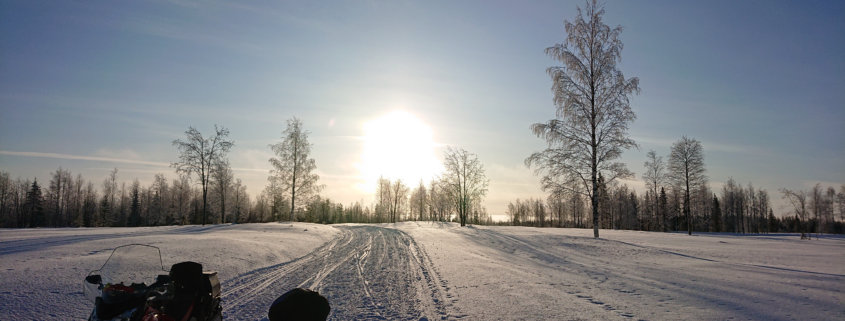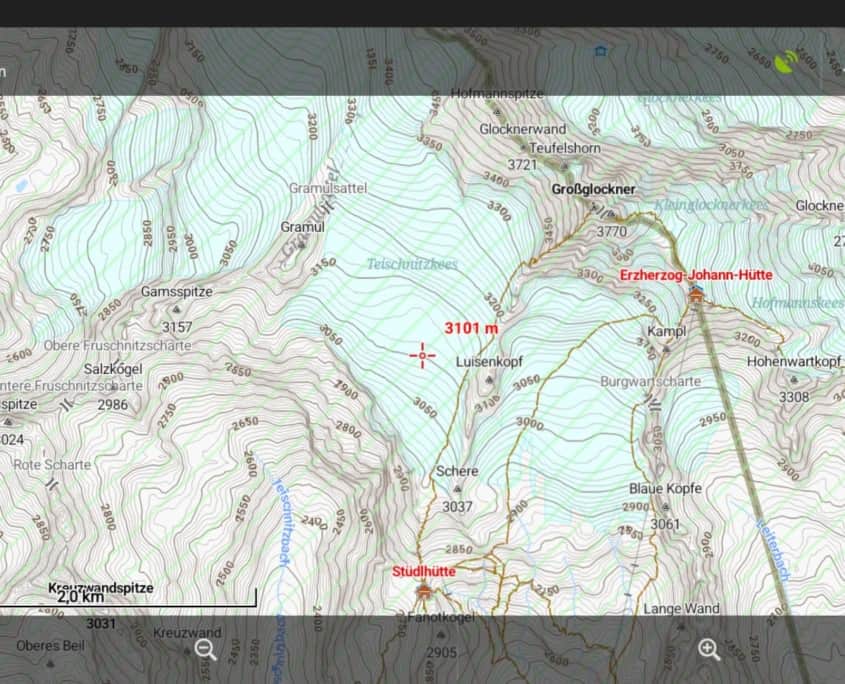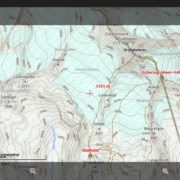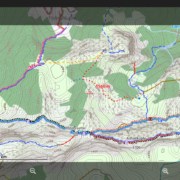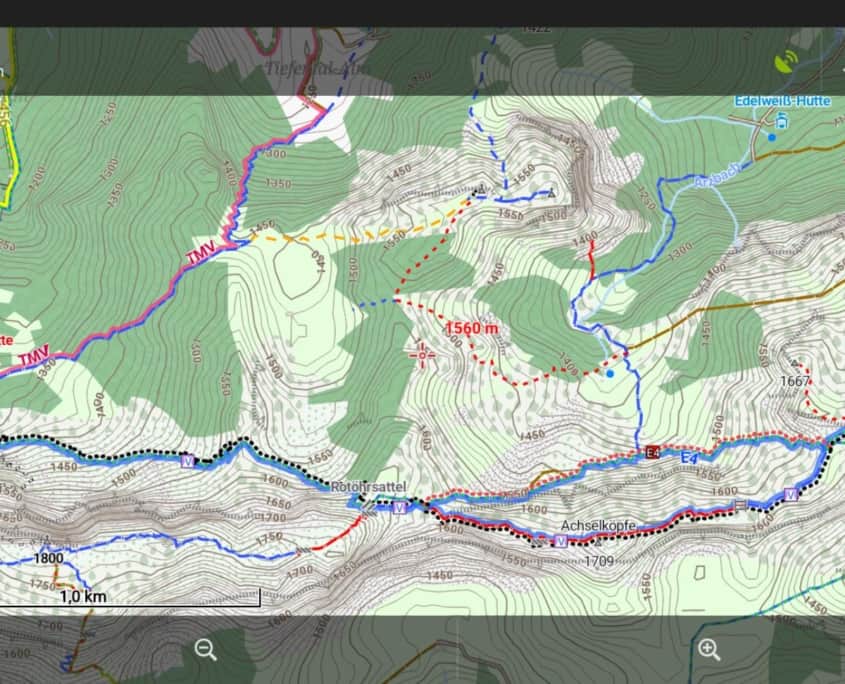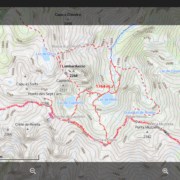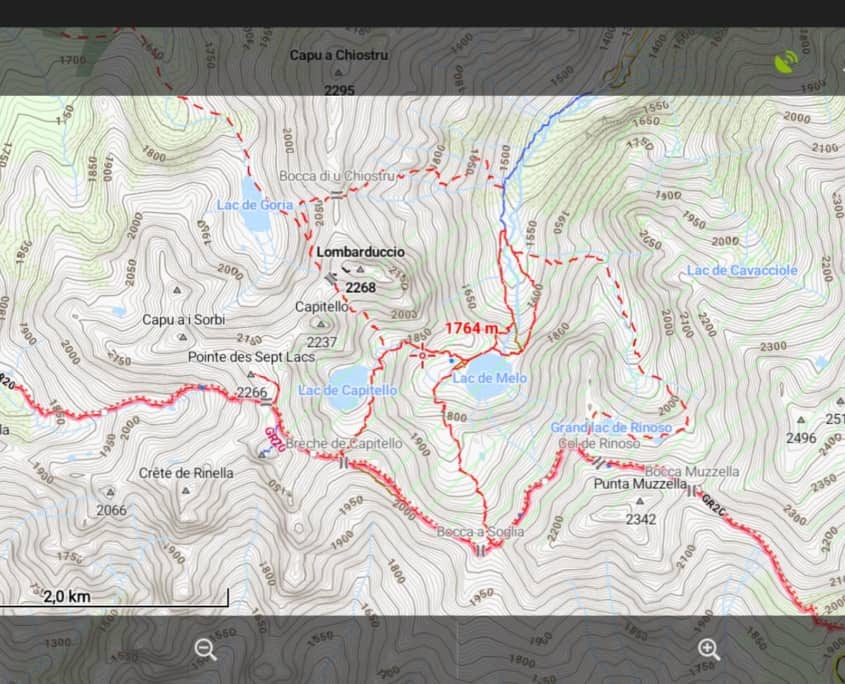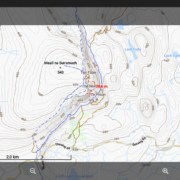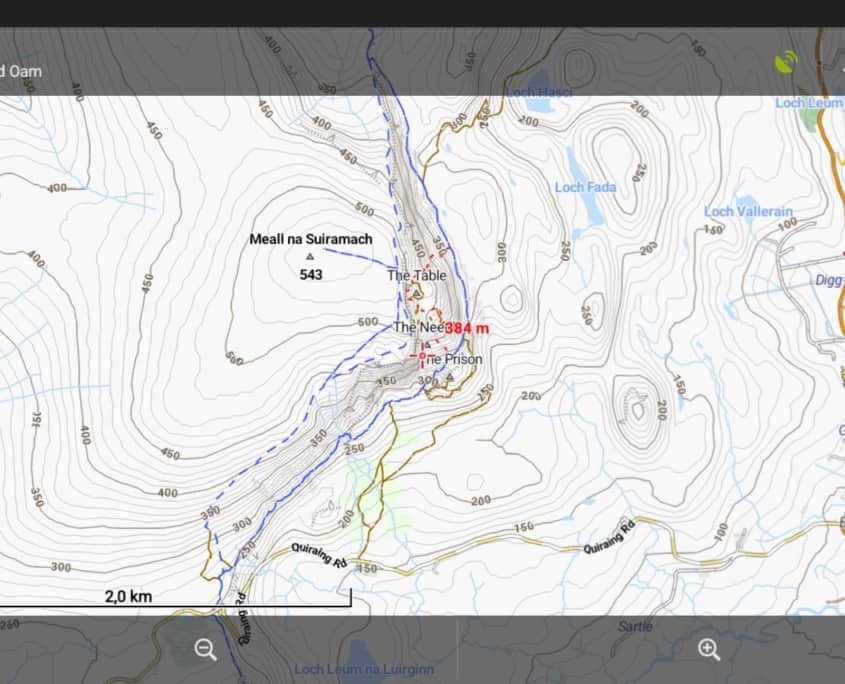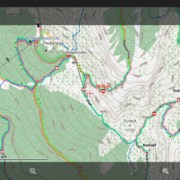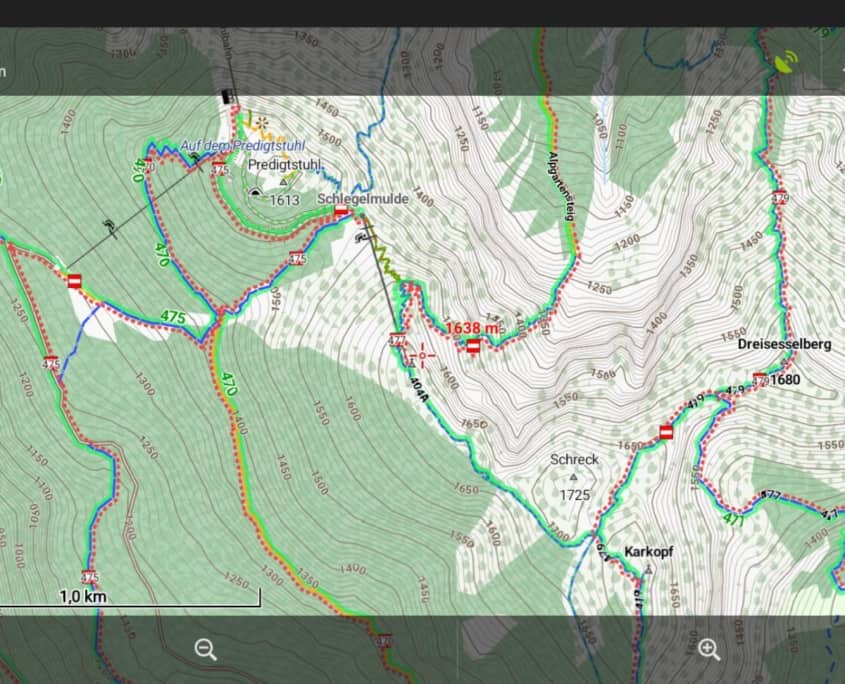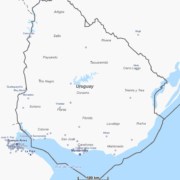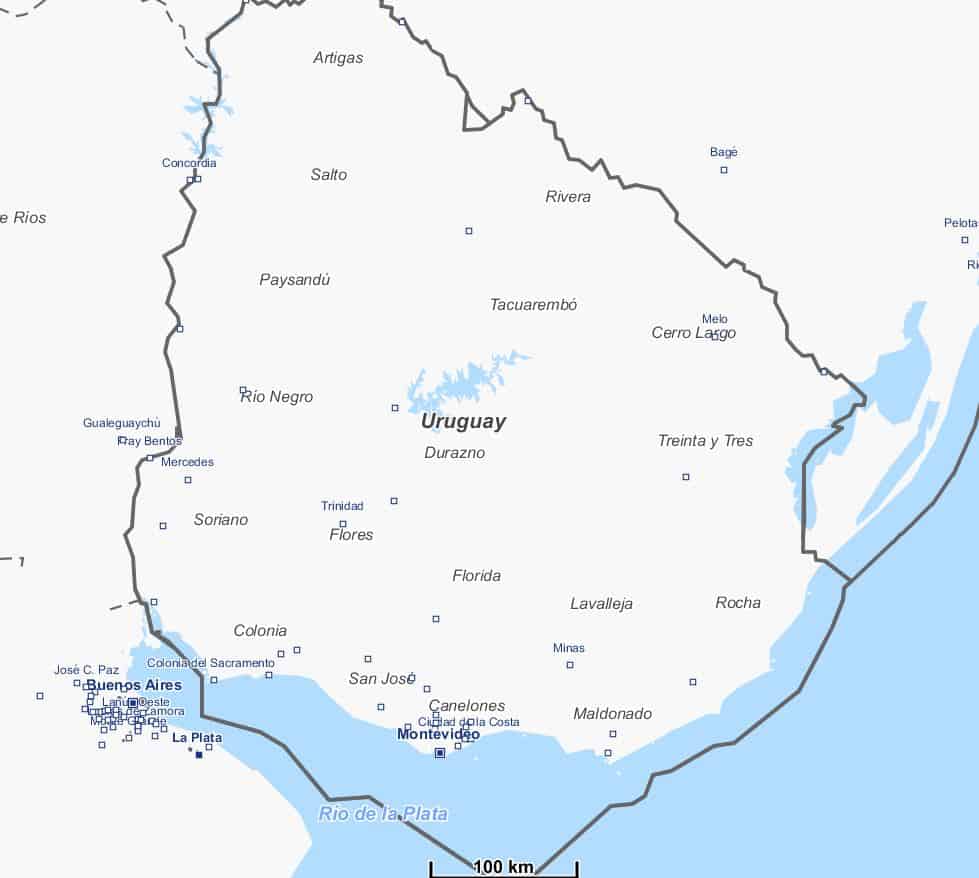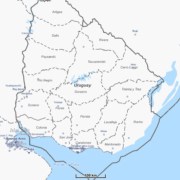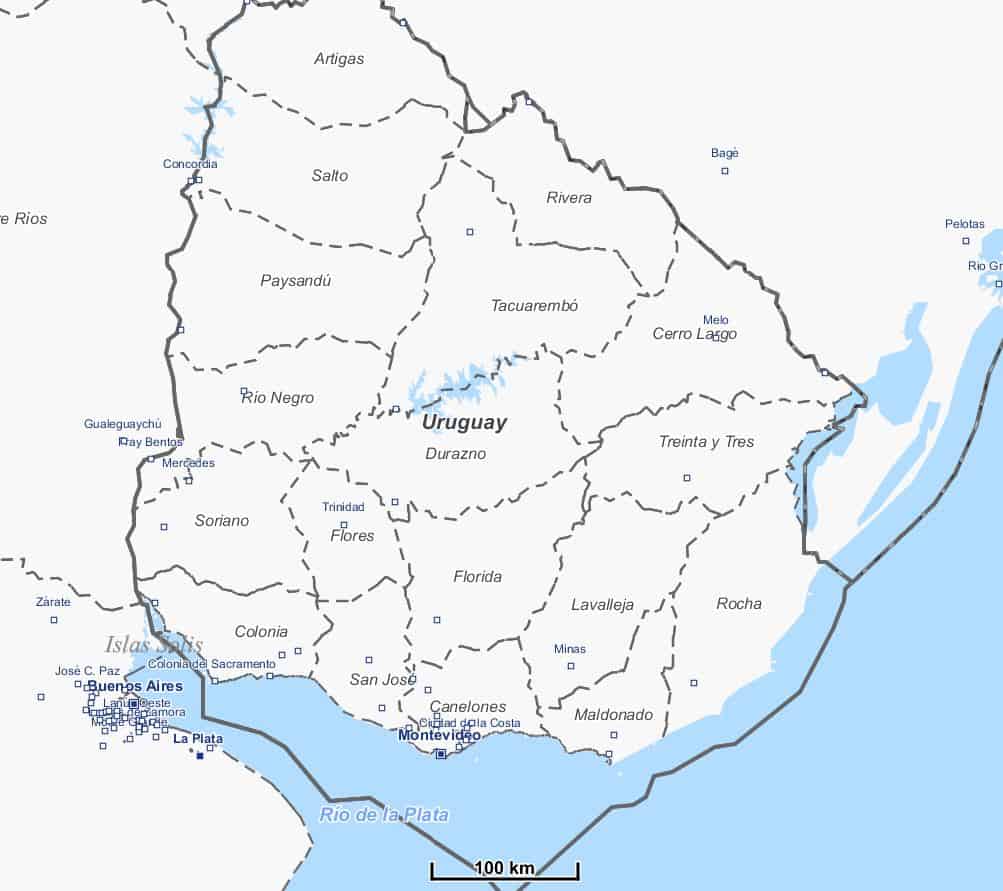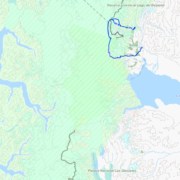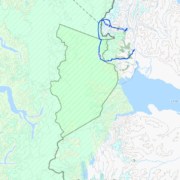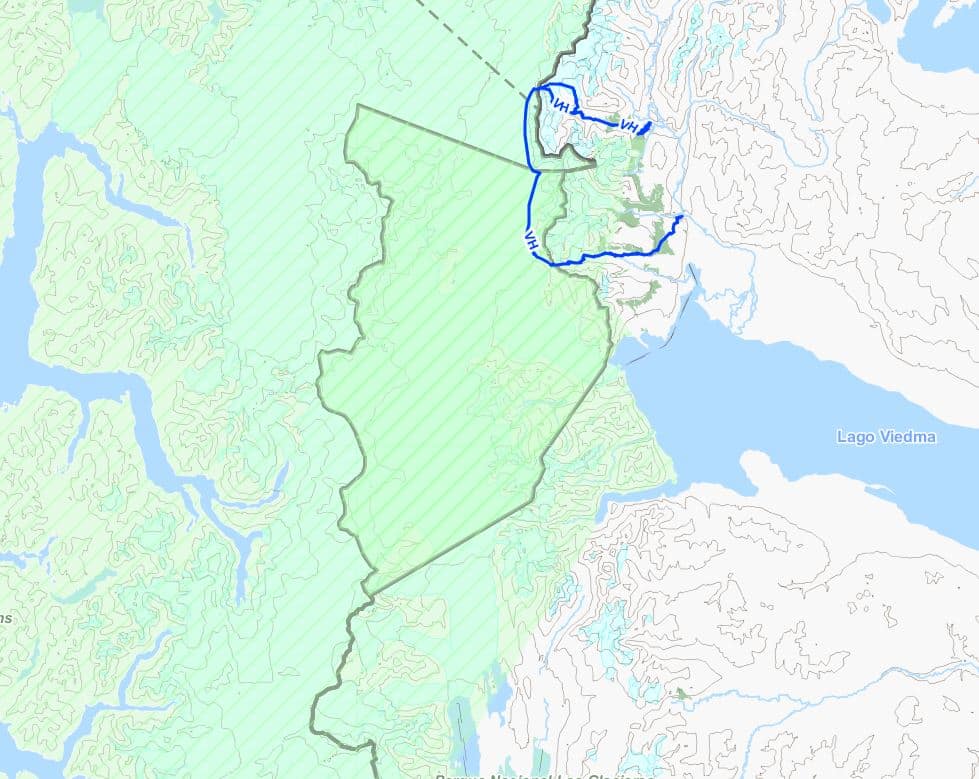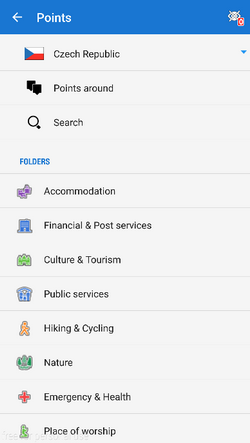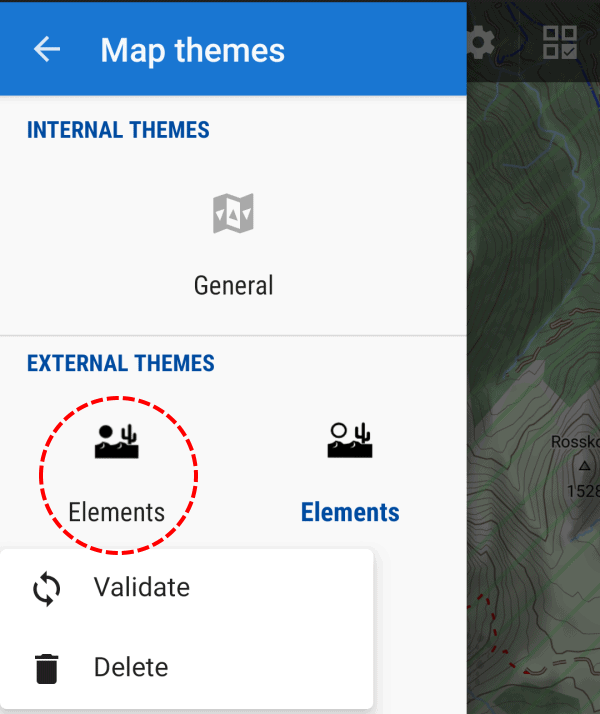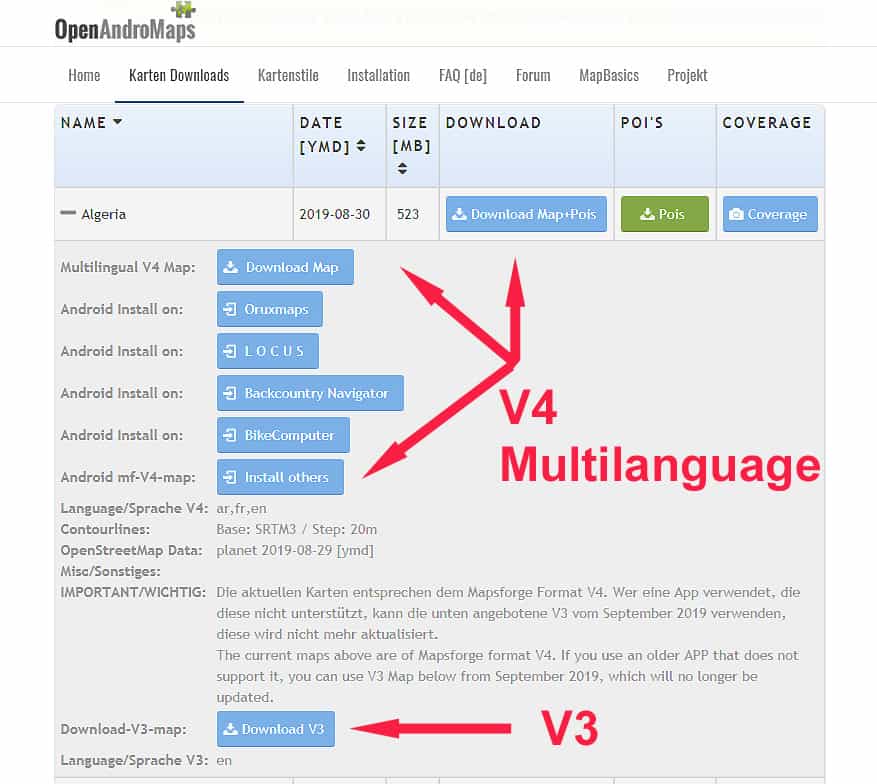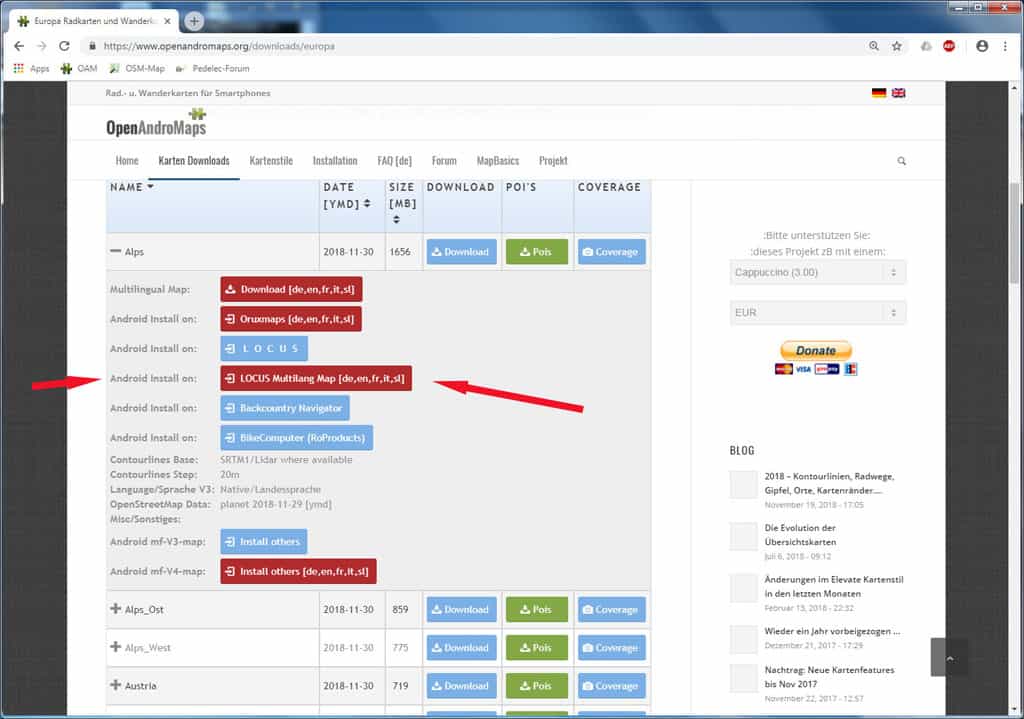Dear members of the OpenAndroMaps community,
Another year is drawing to a close, already the 9th year for OAM !
Nine years are a long time in an era in which continous and accelerating change is the only constant.
Without my ally Tobias and Michal and the Members of the OAM Developer-Community OpenAndroMaps wouldn’t be what it is today – probably the best vector maps for all outdoor fanatics and travellers.
I also like to thank all users who made the effort to register in our forum and give hints, suggestions and error reports. This is very important for us as we can be routine-blinded or just lack the time to test every map update for errors. Although our standard is and can only be absolutely professional, we do all this in our rare spare time and with only a tiny budget.
A short summary of the innovations that have been incorporated into the OAM in 2020:
- offline POIs for Locus
- 10m contourlines for most maps
- better representation and resolving of country and state borders
- name-labels adapted to curved ways, an essential inovation
- the overview/general maps by Michael have been completely reworked, he also created the new map coverage pictures in the download area
- webservers moved to a cloud-server at Hetzner.de
Investments were also made in the equipment of the rendering machine:
- The system SSD was changed after 9 years
At the beginning of the year 2 SSD’s were purchased just for file caching,
1* Samsung 970PRO 1TB PCI,
1* Samsung 850PRO 500GB - An own graphics card to free another 2GB of RAM for rendering
Our goal is to sustain and enhance this project and ask you kindly to further support us.
The OAM team wishes you all a merry christmas!
Tobias, Michael, Christian
